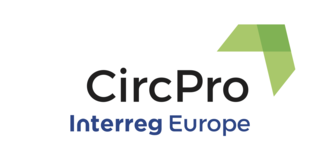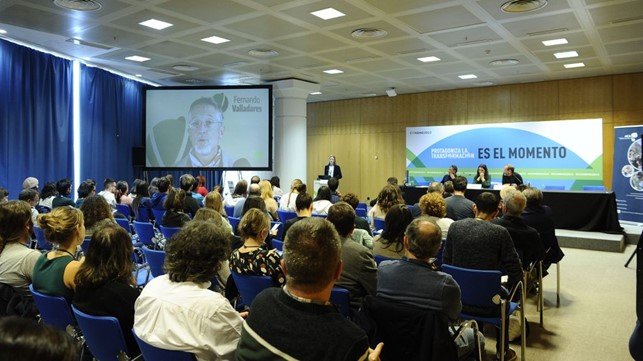Manuel Huerta-Bueno. EMAS Manager at Andalusia Public Health Service, Spain
PLEASE PRESENT YOU ACTIVITY AND YOUR FUNCTIONS
I am the Head of the Environmental Management System of the Andalusian Health Service; This system identifies, monitors and permanently evaluates all the processes related to the provision of health services and their environmental impact: efficiency and energy saving, water, atmospheric emissions, discharges, procurement , mobility and, above all, waste management of a very varied type and dangerousness. The Andalusian Health Service is a public service that covers the health needs of a region with 8.4 million inhabitants, where Public Health provides extensive coverage. Some data are; 102,000 workers, more than 10,000 million euros of annual budget, and 54 hospitals.
As we are a great resources consumer, is essential to implement controll peocesses and systematic measures for continuous improvement . Some data that help to size are the primary energy consumption of around 700 GWh per year, with a consumption of more than 4,000,000 m3 of water and a generation of 40,000 tons of waste (hazardous and non-hazardous).
WHAT ARE THE MAIN BARRIERS ENCOUNTERED BY THE GENERALIZATION OF CIRCULAR PURCHASING IN YOUR REGION?
Regarding legal barriers, current regulations have a certain room for manoeuvre to apply circular purchasing criteria. It is necessary to improve and deepen this type of regulation.
On the other hand, technical problems are the most important. Currently and given the particularity of the materials we use, suppliers do not take into account the durability, reuse or the recovery of materials.
It also happens that the technology in electronic equipment for medical use is constantly advancing and with continuous improvements to the point of shortening the lifetime of the equipments.
On the social barriers, in the health sector in a very special way, the culture of "single-use material" was implanted (without return).
WHAT ACTIONS, IF ANY, WOULD YOU TAKE TO GENERALIZE SUSTAINABLE PURCHASING?
First of all, regulate the way of consuming in the first instance so that suppliers can modify their production mechanisms. The regulation of these materials will bring about that all parties (producers, generators and managers) modify their guidelines for action.
I understand absolutely essential a greater interaction between all the parties involved in this cycle and, especially, in the sanitary waste considered as assimilable to urban (without contamination risks) where between 50-60 tons of plastic materials are discarded every day. they enter into the valuation processes.
There are two measures that I understand to be priorities to implement in order to start working with circular economy criteria.
- Regarding innovation, it is preferred to promote eco-design, so that from the first moment the environmental impact is minimized by facilitating the recovery of waste.
- We find very interesting to implement the Extended Producer Responsibility in more
and more products and materials.
WHAT GOOD PRACTICES CAN YOU HIGHLIGHT IN YOUR SECTOR?
The most notable thing is that all our management is geared towards a progressive
implementation of EMAS in our centers. Some concrete good practices are:
- Include environmental requirements or eco-labeling in large contracts.
- Collaboration with managers of sanitary hazardous waste to improve the design of cuting waste containers, with betier recovery and reuse rates.We have also conditioned the capacity and now different size containers are used, saving on handling, transport and washing. These containers now have a packaging process and they can be transported without packaging, improving handling, transport, washing and disinfection.
These improvements will be incorporated into the next tenders.
- Finally, all the centers of the Andalusian Health Service have a selective collection system for materials that can be recovered (containers, glass, cardboard and paper). In a novel way, we have started the implementation of a selective collection system in hospitalization units for certain materials for clinical use.
AND EXTRAPOLATED TO OTHER SECTORS AND REGIONS?
I believe that the implementation of Integrated Management Systems is a solution that is giving good results; generalizing extended producer responsibility is a great solution.
HOW IS THE STAKEHOLDER GROUP CONFIGURED IN THE PROJECT?
We have incorporated all phases of the process: Suppliers, private and public health sector and waste managers, with representatives from the plastic recyclers sector and waste managers from our hospitals.
The table of stakeholders related to health sector is completed by a representation of the University and, of course, the Regional Ministry responsible for waste.
For the rest of the sectors, good practices are chosen depending on the sector proposed by each partner.
The support of the stakeholders is being very helpful, and they show an exceptional willingness to work on the project.














